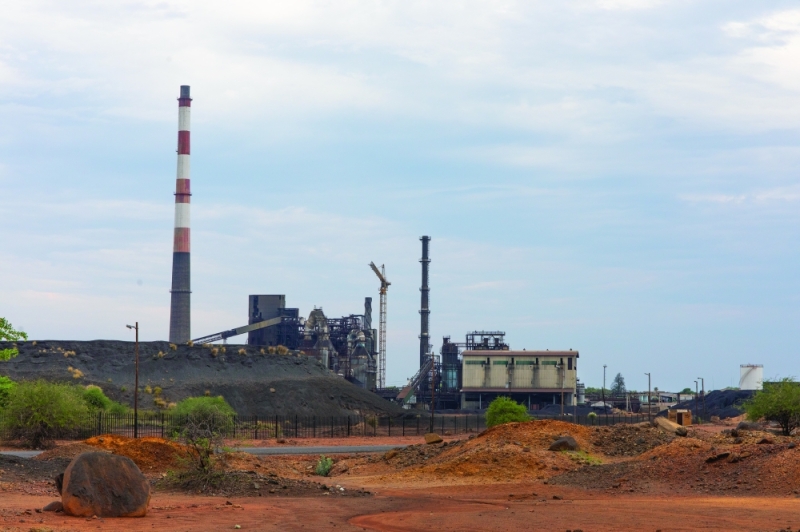All else except BCL
Lewanika Timothy | Monday August 14, 2023 06:00


It appears that light has returned to the horizons of copper markets after a bewildering price meltdown that swept many copper mines off their feet in the dusk of 2016.
While it shines on the red metal, corporations have been lured into Botswana to make hay tapping into the abounding copper deposits except for the ever “opening soon” BCL mine.
The year 2016 is infamous for many horrors among many others the Dineo floods that robbed many of their homes and livelihood, but as the flood swept through many homes, the country was experiencing another shipwreck as the BCL was drowning in a global copper price meltdown.
The mood of the once lively Selebi-Phikwe turned sombre in October 20, 2016 when the government announced the closure of the BCL mine, the town’s biggest employer. BCL was not only the breadbasket for Selebi-Phikwe, it also served as a source of hope for the Bobirwa and Tswapong region which comprises of villages like Mmadinare, Bobonong, Tobane, Sefhophe, Sefhare, Molalatau, Lerala, Maunatlala and others. Government’s decision to close the BCL mine was based on structural failures and most importantly a poor performance of the red metal by that time. Lo and behold, as fate would have it, the price failure was nothing but a dip before a steep rise as commodity prices would recover post 2021 with the green energy transition plan hinging greatly on copper as a core metal.
Last week, the US Department of Energy (DoE) officially added copper to its list of critical raw materials in an historic move that reflects the growing importance of copper to the energy transition global movement, an announcement which is expected to uptick copper sales. Alejandro Moreno, Acting Assistant Secretary for the DoE’s Office of Energy Efficiency and Renewable Energy, said in a statement: “As our nation continues the transition to a clean energy economy, it is our responsibility to anticipate critical material supply chains needed to manufacture our most promising clean energy generation, transmission, storage and end-use technologies, including solar panels, wind turbines, power electronics, lighting, and electric vehicles.
The exciting news of the copper industry resounding financial uptick can only but send a painful sneer to the people of the defunct town of Selebi-Phikwe. A town once kept alive by the red metal can only but continue to dream to benefit from the metals sales especially at a time when prices in international markets have risen in favour of the metal. Premium Nickel Resources Botswana, whose local subsidiary is reviving the BCL Ltd assets, has secured 33.9 million Canadian dollars (P343m) in funding to support its plans for Selebi-Phikwe but the question is, will they arrive to the party too late? In the advent of the 2019 General Election, a period of abounding with promises to the electorate, President Mokgweetsi Masisi's promise to the disarrayed Selebi-Phikwe electorate was that he would ensure the speedy liquidation of the mine's assets to ensure a swift reopening of the BCL mine. The President also stated that they would immediately evaluate and confirm the economic value of mineral assets of the BCL Mine to bring hope to Batswana and provide the necessary information to potential investors.
He said this would be succeeded by proper and speedy disposal of these assets by identifying a buyer or investor for the mine. Since then the nation has experienced the opening of two copper mines, all else but BCL, with the first one being the Khomecau Mine. Khoemacau put out its first concentrate in June 2021 and is already fine tuning plans for a further $700 million expansion which will double its output to 130,000 tonnes by 2026. The mine snapped up Discovery Metal’s adjacent processor at Boseto and plans to further expand this capacity.
This week another stakeholder came to the party, Sandfire Resources’ Motheo Copper Mine which has been built for $259 million on the Kalahari Copper belt, as well as African Copper’s former Mowana Mine, now renamed Kopano Copper after a takeover by new investor, Max Power Limited. Between January and November last year, the value of the country’s copper exports reached P3.5 billion, nearly three times the amount exported for the whole of 2021. The red metal famously known as “Dr Copper” has in the first quarter of 2023 registered a whopping P1.4 billion, the highest earning by quarter in seven years.
